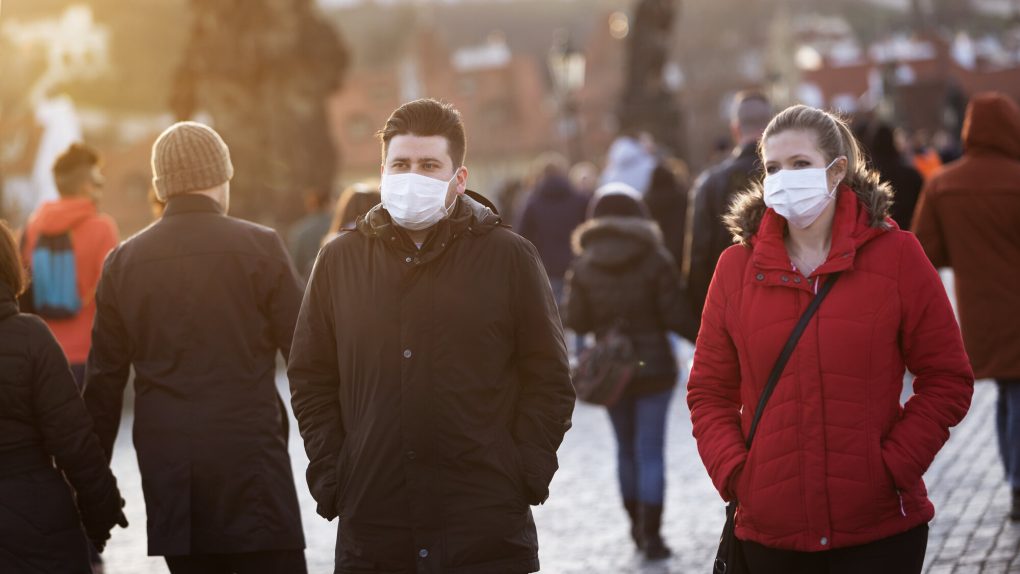- January is on pace to be the worst month of the entire coronavirus pandemic in the United States.
- The promising news is that the U.S. is finally starting to see a slight overall decline in new infections.
- A few states, including Virginia, Vermont, and New Jersey, are still seeing new coronavirus case numbers continue to climb.
As Dr. Fauci predicted, January is shaping up to be the worst month of the entire coronavirus pandemic in the United States. Fueled in part by colder weather and indoor gatherings over the Christmas and New Year’s Eve holidays, the U.S. on January 8th posted a record-breaking 300,000 new COVID-19 infections.
Further, the U.S. over the last three weeks also saw a huge and concerning increase in COVID-related deaths. Since the year started, the U.S. has been seeing an average of 2,500 to 3,300 coronavirus-related deaths every single day. On Tuesday, the cumulative number of COVID deaths surpassed 400,000 and, in just a few days, the coronavirus will have claimed more American lives than World War 2.
There is, however, some encouraging news on several fronts. For starters, there has been a steep decline in the number of coronavirus infections and associated deaths over the past few days. According to The New York Times, the number of coronavirus infections over the past two weeks has dropped by 11%. What’s more, many states where the coronavirus was surging at an unprecedented rate are now starting to see a slight dropoff in new cases. California and Oklahoma, for example, have seen their COVID infection rate drop by 5% and 15%, respectively.
In fact, there are only a handful of states where the coronavirus is still surging. Per the Times, that list includes Virginia, South Carolina, Wyoming, Vermont, and New Jersey.
In South Carolina, for instance, the number of coronavirus cases has jumped by 27% over the past two weeks. COVID-related deaths in the state, meanwhile, increased by 33% during the same period. In Virginia, the number of COVID infections and associated deaths respectively jumped by 36% and 18% over the past two weeks.
The upside is that states currently experiencing an upswing of COVID infections have relatively small populations, which is to say that the absolute number of COVID infections across the country is still on the decline.
While it remains to be seen if the COVID infection and death rate will continue to drop lower over the coming weeks, the data seems to be trending in an encouraging direction for now.
The other piece of encouraging news is that the vaccination rollout in the U.S. is finally starting to pick up steam. According to Bloomberg, 16.3 million Americans have received a COVID-19 vaccine already. What’s more, President Biden has promised to utilize every resource at his disposal to vaccinate 100 million Americans in 100 days, a goal that Dr. Fauci believes is doable.
“I think one of the things that President-elect Biden said is that there will be a greater degree of coordination, interaction, and support on the part of the federal government interacting with the states,” Fauci said a few days ago.
“You don’t want the federal government to take all the responsibility of doing this,” Fauci added. “You don’t want the states to be left on their own. You need to have a good degree of interaction, and I think that’s what we’re going to see more of, where states will have help in regards to resources, but also more of a general coordinated plan about how to do this.”
Should the vaccine rollout continue to accelerate, Fauci believes that we may see a return to normalcy later this summer.








